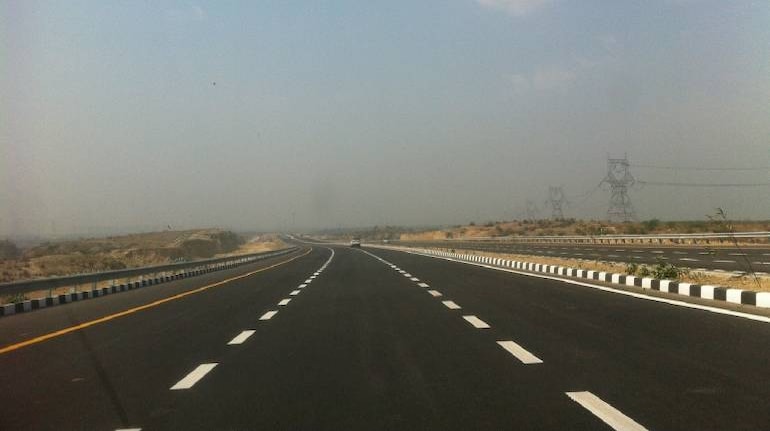“We don’t have good and concrete roads in India”, this has been a common complaint of the majority of Indians. People always desire to get good and big roads connecting nearly all the routes for a comfortable trip. There have been comparisons over Roads in India with the western countries and the latter have gained an upper hand. Interestingly, the reigning Narendra Modi government has been very active in constructing new and better roads to increase domestic and border connectivity.
Last month, Nitin Gadkari (Union Minister of Road transport and highways) did a review check at the construction site of the Delhi-Mumbai expressway. He noticed that during his test drive of the under-construction expressway, his car reached a speed of 170 kph and he was impressed with it. This expressway scheduled for integration on 26 January 2023 will reduce the travelling time within two cities from 24 hours to 12 hours, reducing it to half.

Built at Rs. 95,000 crore, it passes through 5 states; this expressway shall be one of its kind with animal overpasses for wildlife. It will facilitate their easy movement and this expressway passes through significant other tiger reserves like Ranthambhore, Sariska, and Mukundra. The constriction of such similar overpasses for wildlife is needed as the animals are suffering from extensive constructions and urbanization. As it will pass through eco-sensitive zones there will be 6 feet tall walls to prevent animals from coming in the way of the vehicles.
This first prominent effort by the government and the ministry is worth applause. But, is this all that reduces the negative effects of constructing roads in the country? No doubt efforts have been taken to ensure some comfort and convenience to wildlife and help them cross the roads through exclusive overpasses. Still, there are many concerns about it.

For instance, the noise of digging and blasting with other construction process disturbances is enough to scare away the wildlife. This will damage their peace and habitat. Additionally, there is a difference in planning or paperwork and implementation. There is no surety that to what extent these overpasses shall be constructed and whether they shall enable animals to pass without fear or more.
Despite these measures of an overpass and other precautions in planning for animals, the ultimate aim for constructing the expressway is to connect 2 metropolitan cities in India. It is a measure to boost and support connectivity for financial and economic gains. Similarly, the Mumbai-Nagpur expressway will reduce the time to connect between these cities to 8-9 from 14-15 hours. It will be the fastest legit and certified public road in the country.

This highway will have nearly 7 wildlife overpasses with 89 underpasses and it shall be designed in a way to restrict the disturbances to wildlife. To prevent the harm and accidents of animals, the wildlife institute of India has been brought in for collaboration.
Additionally, MSRDC has decided to ban the plantation of plants that attract animals. But, this does not deny that these expressways will intervene in the natural habitat of animals and hamper their peace. Economic Development is crucial but not in exchange for wildlife safety.
The government is constructing new roads designed with the best technologies and considerations. On the other hand, the highest speed limit is being increased by the government on these expressways for fast connectivity. This can create a threat to driving discipline, road safety, promote overspeeding and rash driving causing a new bunch of accidents.
In the end, I feel that the construction of new roads is important but wildlife protection should be kept a priority. Furthermore, better and strict rules to ensure passenger safety.
Also Read: Tripura is another victim of the majority’s persecution
















